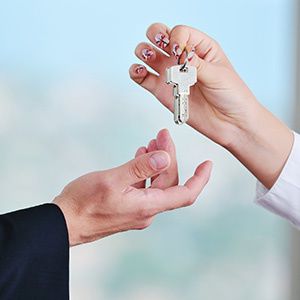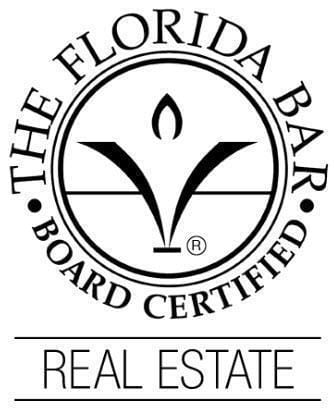Buying and selling properties can mean that homeowners become subject to significant capital gains taxes. These taxes can be so high that they can often deter property investors from engaging fully in the market. This is why it has been made possible for property investors to avoid capital gains taxes in certain situations.
A 1031 exchange, otherwise known as a like-kind exchange, makes it possible for homeowners to avoid capital gains taxes when they act within the guidelines. If you want to benefit from like-kind exchanges, it is important to understand exactly how they work.
What does “like-kind” mean?
In order to qualify for the tax benefits of a 1031 exchange, you must make sure that you have selected a property that is like-kind. This does not mean that you need to buy a family home if you are selling one. Instead, you must make sure that the type of investment is the same. For example, it could be possible to exchange an office block with an apartment building.
How much time do I have to identify properties?
You must provide a description of the type of property that you want to purchase within 45 days of closing on your previous property. It is possible to purchase multiple properties as part of the like-kind exchange, but there are limits on the collective value that they can have.
If you want to benefit from a like-kind exchange in Florida, it is a good idea to learn about the law before you proceed to sell your original property.




